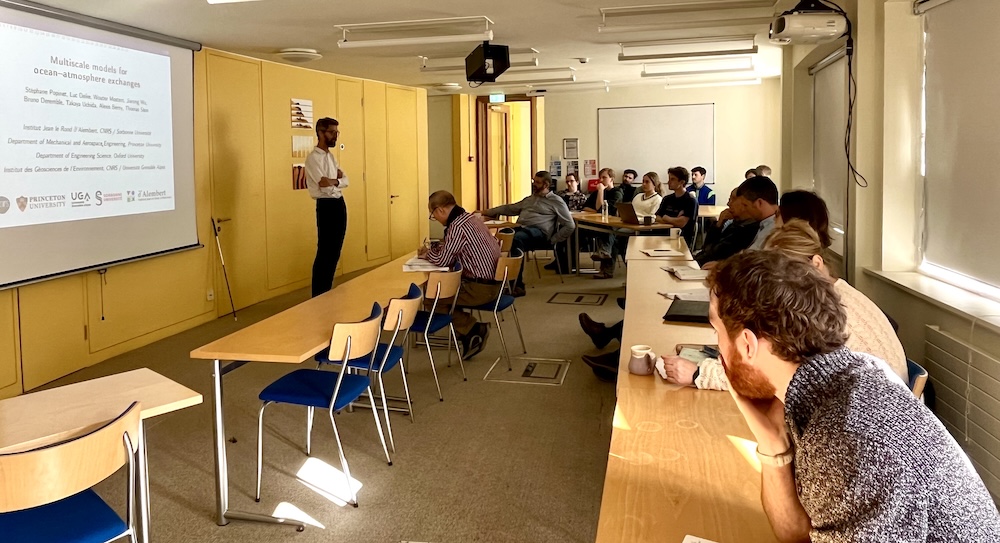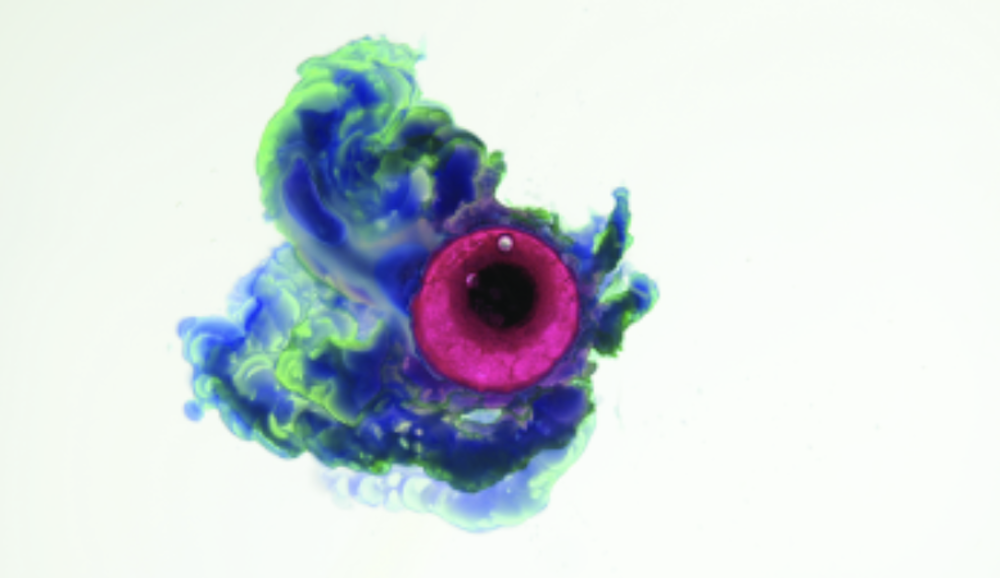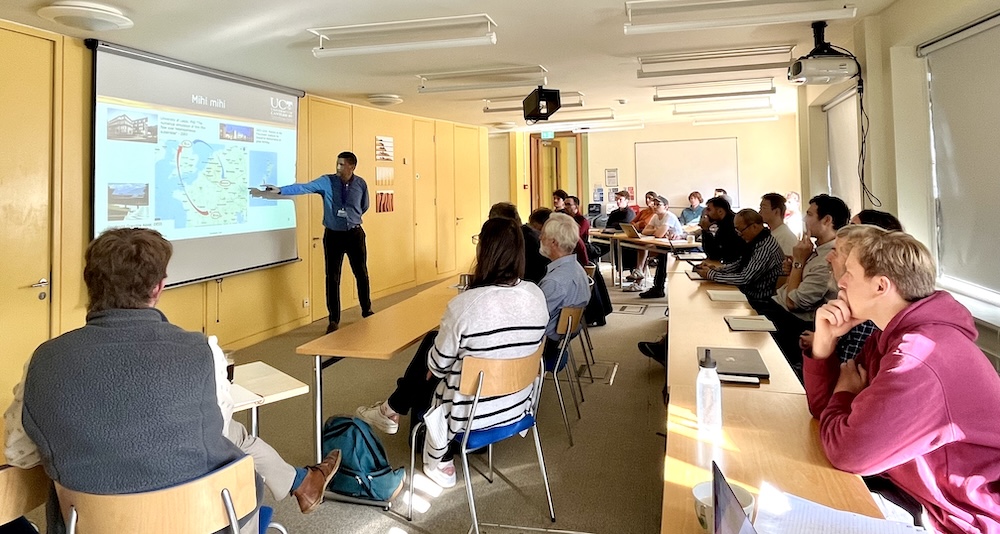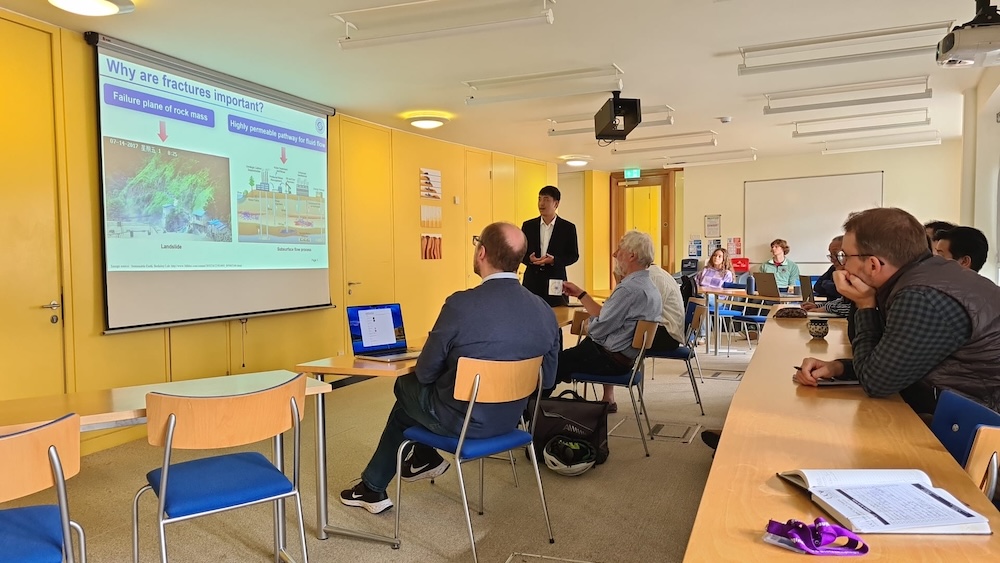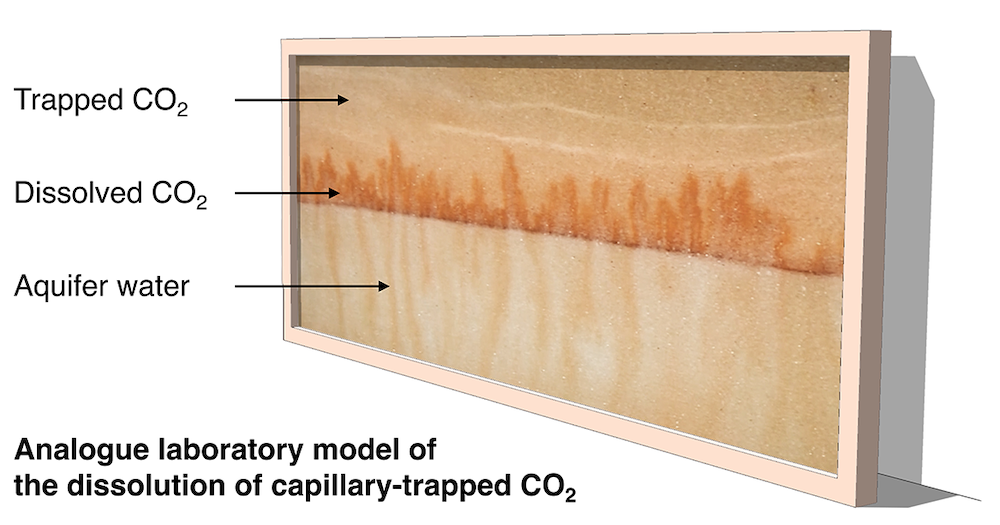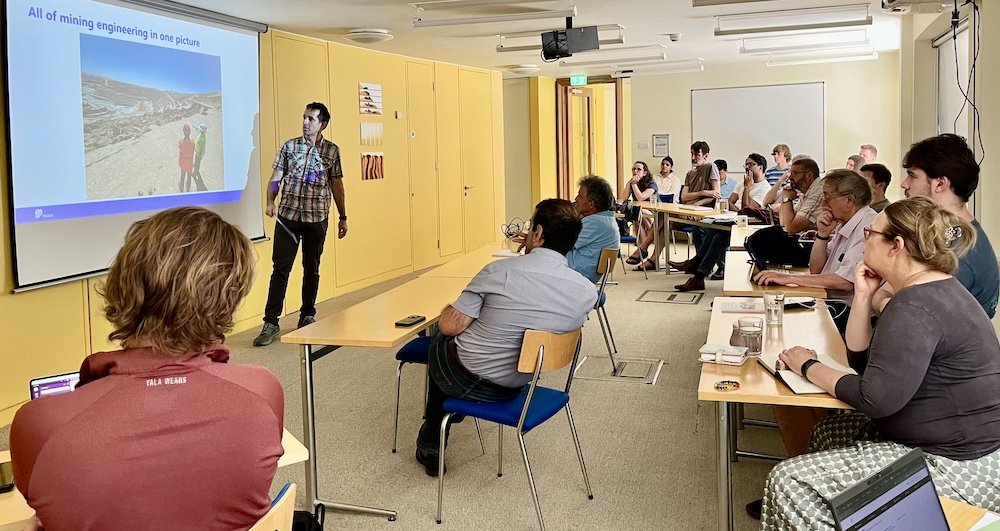Multiscale models for ocean-atmosphere exchanges
Wave breaking occurs at the ocean surface at moderate to high wind speeds, with significant impacts on the transfer of momentum, energy and mass between the ocean and the atmosphere. When waves break, the water surface overturns: this generates bubbles and sea spray and largely enhances the gas exchange. Stéphane Popinet, from the Institut d’Alembert
